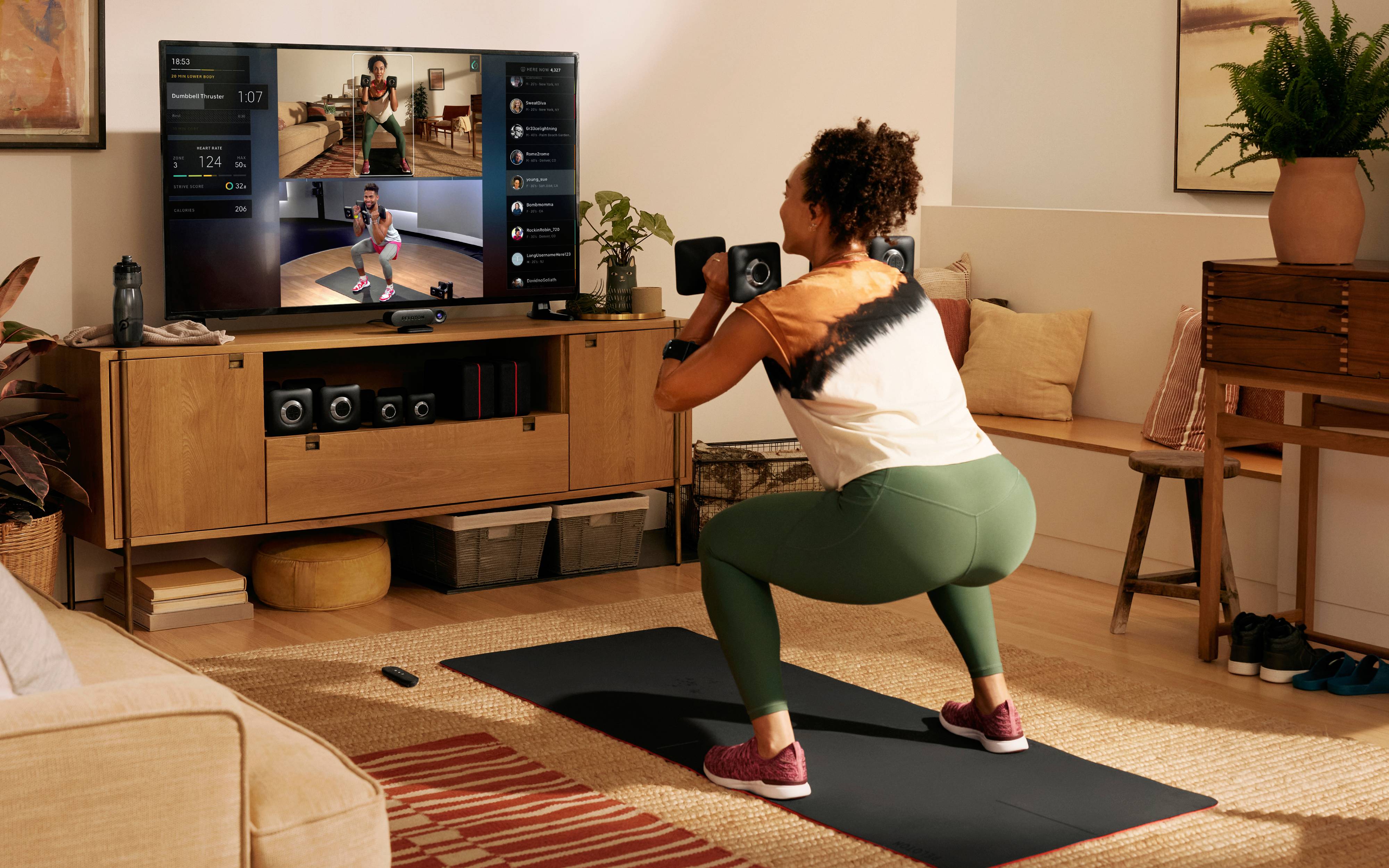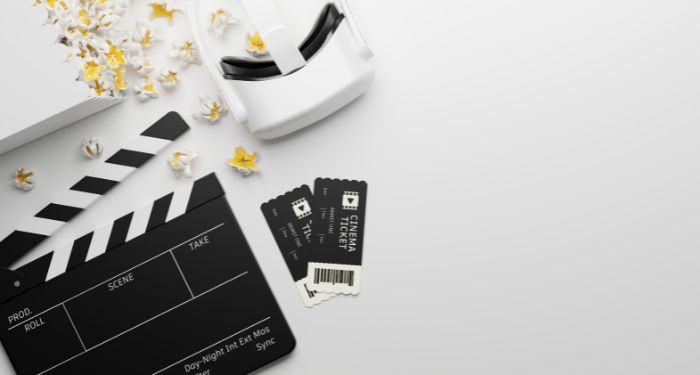Photography courtesy of Peloton
I tried the new Peloton Guide to find out.
By Karen Kwan
Date April 5, 2022
As someone who has always gravitated towards cardio, from dance as a kid to a runner and spin enthusiast as an adult, I’ve forever found strength training boring, often slacking off with my reps and using the lightest weights available (and I have the weak upper body and core to show for it).
So when I was given the chance to try out the Peloton Guide, I was eager to find out whether this new gadget could turn me into a strength-training devotee, the kind who never misses leg day and who’s got a do-you-even-lift-bro attitude. After all, the Peloton Bike+ got the world (myself included) addicted to spinning at home, and the fitness company’s sales skyrocketed through the pandemic as a result (up to, well, *that* moment on the Sex and the City reboot). But can its newest launch attract the same hype?
Guide, which launches today, is Peloton’s connected strength training that works with an AI camera system you connect to your TV. Using machine learning, Guide’s camera tracks your movement and progress in pre-recorded strength classes (with live classes soon to come). While Peloton has long had strength-training classes on its platform, Guide-specific classes feature a Movement Tracker that monitors you as you complete your reps.
 Photography courtesy of Peloton
Photography courtesy of Peloton
When Peloton came out with Bike+ and Tread, I jumped on the bandwagon. I turned into a daily spin fanatic and it intensified my passion for heart-pumping workouts. I hoped for similar results with Guide, and made a commitment to do at least one strength workout daily.
A few minutes in, I’m reminded immediately of what I’ve never enjoyed about strength work: it’s slow and a bit dull to me, and even using 10 pound weights as my heavy option makes my arms feel like noodles — especially when 15 pounds is what the instructor is using as their light option. The next day’s push-ups and planks are a struggle, too.
But one thing I didn’t expect was for the Guide to tap into my competitive nature. Watching the Movement Tracker’s sweat meter increase with each rep does make the workouts feel more like a game. Plus, by being able to view my form on screen alongside the instructor with Self Mode, I’m able to make the necessary adjustments — although I do find myself wishing the Guide could provide real-time feedback on improving my form.
As a beginner, seeing my progress on the Movement Tracker has nudged me to complete each set to my best ability. I’ve come to think of Guide as a product that is most beneficial to strength training newbies like me, and Peloton instructor Matty Maggiacomo agrees. “It’s a really great tool for folks that are entry level because I remember when I first started, I didn’t even know the difference between a squat and a lunge and a deadlift!” he says, adding that Guide’s workouts will appeal to people who gravitate towards Peloton because they don’t have the confidence to do strength workouts in a gym — and I feel seen.
A week of workouts complete, I’m certainly not hooked on strength training yet, and I can’t say I’m eager to do a Guide strength class in the same way I was running and spinning with Peloton’s other products. But I’m starting to see the appeal. While it’s obviously too early to see or feel any real results, that slight soreness I notice in my shoulders and biceps as I move throughout my day and the awareness of the muscles in my quads after completing all of the squats in a lower-body class are both sweet reminders of the work I’m putting in to get stronger. And those seven completed strength classes? That’s more than I’ve done in years.























:quality(85):upscale()/2024/04/17/889/n/1922564/11ffcf3266202f3b5d6957.64811882_.jpg)




